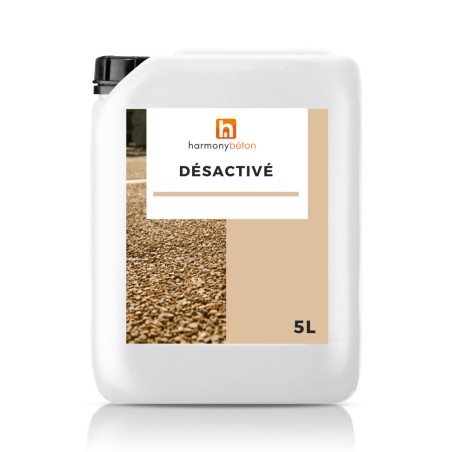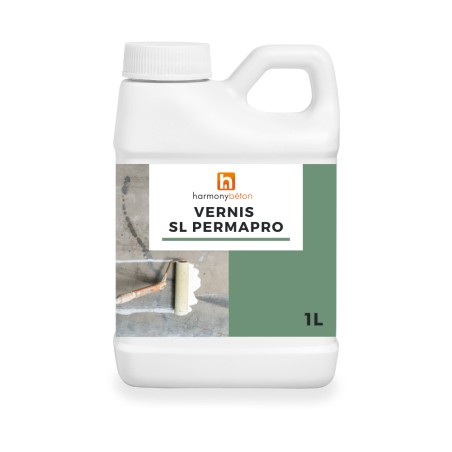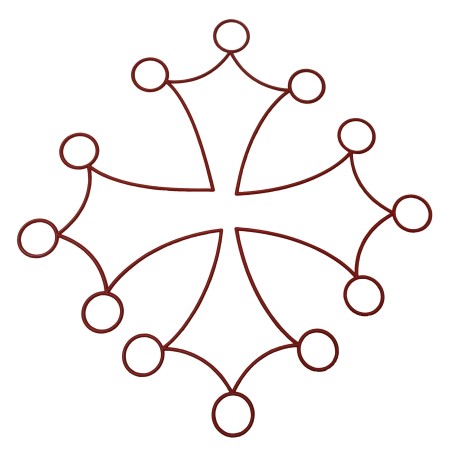Harmony Deactivated Concrete is a surface deactivator designed to highlight the aggregates...
Price
€51.84 tax incl.
23 avis
Harmony Béton PermaPro SL glaze is a methacrylate resin-based glaze that durably protects your...
Price
€21.42 tax incl.
50 avis
Dimension of the stencil ABLE to achieve a wind Rose : Ø 90 cm
The technique is simple. He...
Regular price
€350.93
Price
€228.10 tax incl.
- On sale!
- -35%
Dimension of the stencil HAVE to carry the Cross of Languedoc : 128 x 128 cm
He simply embed...
Regular price
€384.67
Price
€250.03 tax incl.
- On sale!
- -35%










